WORKING THROUGH FULL RANGE OF MOTION

In the pursuit of muscle building and maximizing hypertrophy, the often-overlooked key is the range of motion. Over my decade of experience training individuals in the gym, a recurring issue surfaces—people frequently restrict their range of motion across various exercises. In this video, our focus narrows down to back exercises, particularly the three-point row and the chin-up.
MAKE SURE TO WATCH THE FULL VIDEO TO GET ALL THE DETAILS 👇
The downside of limiting range of motion in hypertrophy training is substantial. By not exposing muscles to their full capacity of movement, imbalances emerge over time. Some muscle groups become strong in specific ranges but weak in others, hindering both hypertrophy potential and elevating the risk of future injuries.
ARE YOU PASSIONATE ABOUT TRAINING AND WANT A CAREER IN THE FIELD?
>> YES, I WANT TO BECOME A PERSONAL TRAINER
Three Point Dumbbell Row: Maximizing Back Engagement
Our first spotlight is on the three-point dumbbell row. The common mistake we often observe is individuals restricting movement at the scapulae, limiting the engagement of all back muscles. The better approach is to reach with the arm, elongating the associated back and scapular muscles. This lengthening fosters increased tension and, consequently, a more effective stimulus for hypertrophy. The key is maintaining a neutral spine while allowing protraction of the scapula.
Chin Up: Unlocking Full Range of Motion
Similarly, the chin-up is scrutinized for inadequate range of motion. Many stop short of the fully lengthened position, neglecting complete elevation of the scapulae. To optimize hypertrophy, reaching that fully lengthened position at the bottom is imperative. Embrace upward rotation of the scapulae to provide the entire muscle group with the stimulus needed for substantial growth.
Recap: The Range of Motion Revolution
In essence, enhancing muscle hypertrophy requires a mindset shift towards expanding the range of motion. While partial range of motion has its merits, overreliance on it may compromise the effectiveness of your workout. We illustrated this principle using the three-point row and the chin-up, but the logic extends to nearly every exercise in your repertoire.
If you found this insight valuable and aspire to craft smarter workout programs, make sure to watch the full video linked above. Remember, unlocking the full range of motion is the key to unlocking your body’s full potential.




Responses